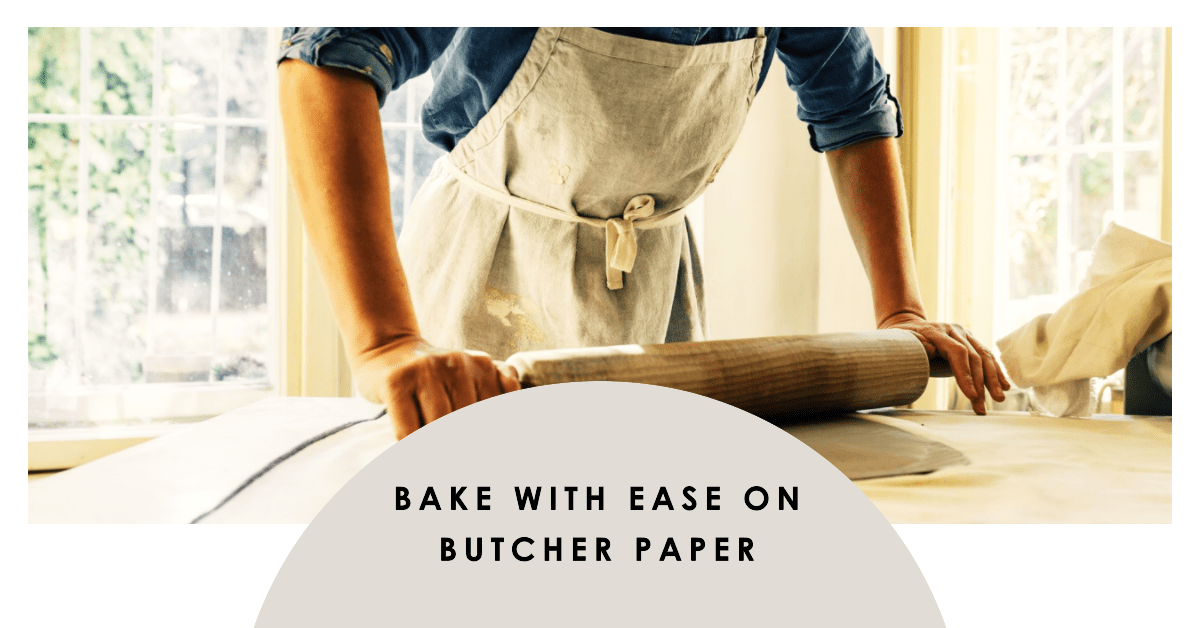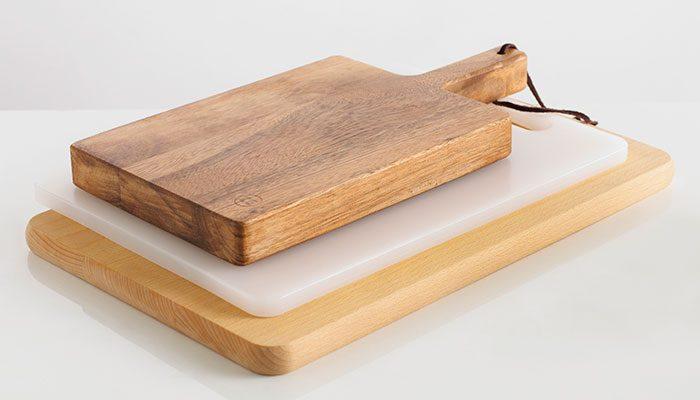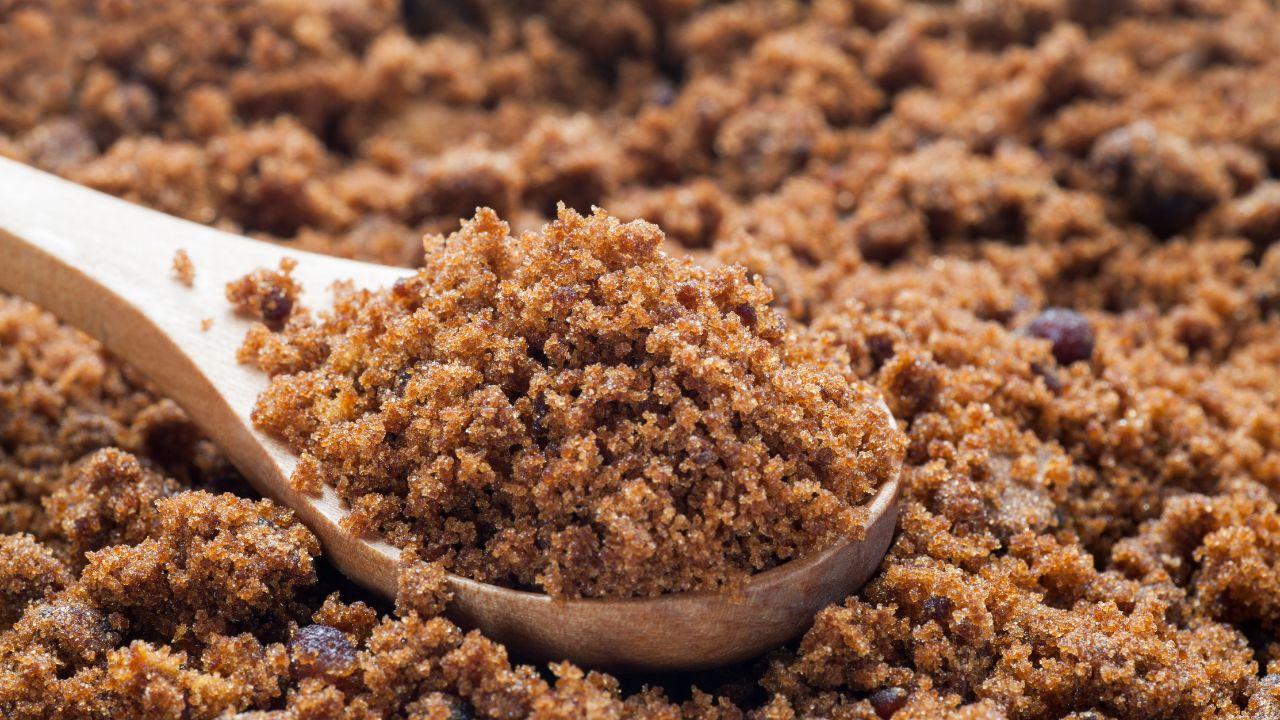Pudding is one of the most adored desserts around the world. If you have kids at home, you know how much of a hit it is! What’s not to like?
It has a smooth, creamy texture that satisfies every sweet tooth. It is a feast for the taste buds and super easy to make.
Did you store leftover pudding in your fridge? Some of you must have noticed the consistency of your pudding becoming watery after taking it out.
No matter how much you love it, pudding doesn’t feel the same when it is too runny. Please don’t be alarmed when this happens. We are here to help you with exactly that!
There are numerous reasons your pudding becomes watery after being kept in the fridge.
In today’s post, we’ve discussed five reasons pudding gets water in the refrigerator. So, what are you waiting for? Let’s find out what they are!
Contents
Pudding Get Watery in Fridge
Saliva, temperature difference, and syneresis are the main reasons pudding gets watery in the fridge. Keeping the used spoon and the pudding in the container also disturbs it, making it runny. Adding starch is a simple tip to reverse the damage to the watery pudding.
As you continue reading, we will discuss several ways your pudding can get watery in the fridge.
Lucky for you, there is an easy fix for such situations.
Adding a little starch or another suitable ingredient will help you achieve the consistency of your desire.
Now, let’s find out why your pudding gets runny on being kept in the fridge!
5 Reasons Why Pudding Gets Watery in Fridge?
The first step to avoiding issues with a watery pudding is to find out what is causing it.
It is natural to want to store pudding in the fridge, but what if it turns watery? Let’s take a look at what could be altering the consistency of your pudding:
Reason #1: Saliva
Yes, you heard us right. Your saliva can make your pudding watery too!
We often store the pudding in the same container we have eaten from, sometimes with the spoon.
It is essential to avoid doing so as there is a good chance of residual saliva being present.
Are you curious about how saliva makes pudding watery?
Well, our saliva contains an enzyme called amylase. It degrades starch, including the type of starch that pudding has.
Degraded starch releases water which can ultimately make your pudding watery.
Reason #2: Not Following the Recipe
It is essential to follow any recipe to achieve the best results accurately. Making pudding is simple but requires you to follow the instructions correctly.
Please ensure that you’ve measured the correct amount of ingredients to add to your pudding.
For example, adding too much water/milk and sugar can make your pudding runny too.
Reason #3: Syneresis
Have you ever come across the word ‘syneresis’?
It is not an event everyone is familiar with, so please allow us to explain it to you.
Syneresis is the process that comprises the release of water from a gel. Because of this, it has also been called ‘weeping of jelly.’
Syneresis is commonly observed while making instant puddings.
Instant pudding generally contains milk or starch-based gel that can potentially expel water. It is also seen in the homemade pudding that is made from gelatin.
Gelatin, on absorbing water, turns into a gel-like compound.
Syneresis is usually seen due to the following two factors:
- Temperature: Starch-based gels tend to release water at warmer temperatures. So, please avoid storing your pudding at higher temperatures to prevent it from becoming watery.
- Disturbance: Any disturbance or disruption among the gel molecules can also result in syneresis. So, please do not excessively stir or shake the pudding to maintain the integrity of your pudding.
Reason #4: Undercooking the Pudding
One common reason for a watery pudding is undercooking it. It is crucial to boil and give your pudding enough time to cook properly.
Reason #5: Improper Stirring
Stirring in your pudding too much can result in a watery pudding. Please avoid mixing the pudding too vigorously to obtain the proper consistency.
Pudding Gets Watery in Fridge- Precautions and Tips
Where to store leftover pudding if not in the fridge? Well, we certainly cannot avoid storing pudding in the refrigerator.
But we can prevent conditions that would make your pudding watery. Here are some tips to avoid such situations:
Using a Serving Bowl
It is best to scoop out the leftover pudding and store it in a different serving bowl. Keeping pudding in the same bowl as you’ve eaten can leave residual saliva behind.
So, shift the pudding to a separate bowl to prevent runny pudding.
Adjusting the Right Temperature
Sudden temperature changes can also lead to watery pudding. Introducing the pudding to cold temperatures abruptly, as in the fridge, can make it runny.
So, please bring your pudding to room temperature before popping it in the fridge!
Thoroughly Mixing
Are you making instant pudding? If so, please ensure you’ve thoroughly mixed the milk sachet’s content.
This way, you can ensure that all the powder is stirred, allowing your pudding to reach a satisfactory consistency.
Avoiding Other Milk Variations
If you’ve used milk variations such as skimmed milk or soy milk, it can result in a runny pudding.
While making pudding, it is best to stick to whole milk. This will give your pudding the right consistency.
Letting your Pudding Be
There is always a concern about whether you’ve done enough while cooking. You find the need to stir the ingredients in excessively.
Doing this can negatively impact the consistency of your pudding, especially during the setting process.
How To Thicken Watery Pudding
Please don’t be disheartened if your pudding is too runny.
Your first instinct should be to find ways to fix it; if you’re here for that, you’re in the right place!
Here are two methods to quickly thicken your pudding!
Method #1: Adding Starch
One effective method to thicken runny pudding is adding cornstarch to the mix. Cornstarch solution is an easy way to make your pudding thicker instantly.
To simplify, we have put together a short step-by-step guide for you!
Here are the steps:
Step #1: First, separate the pudding into two parts
Step #2: Adjust your stove to medium heat and let one part of the pudding cook over it
Step #3: Next, add sugar and cornstarch to the cold milk. Please ensure you’ve thoroughly stirred in the ingredients until they have dissolved
Step #4: Now, it is time to add this cold mixture to hot milk. Heat some milk on the stove before adding the pudding mixture. You can continue stirring in this step to eliminate all lumps.
Step #5: Finally, you can either bring the mixture to a boil or allow it to cook until you’ve achieved the required thickness.
You can now strain the pudding and transfer it into serving bowls to serve it to friends and family!
Method #2: Adding Gelatin
The second method to fix runny pudding is adding gelatin.
If cornstarch isn’t an option for you, or if you’re simply looking for alternatives, gelatin is your answer!
Follow the steps below to add gelatin to make your pudding thick correctly:
Step #1: First, add sugar and pudding to milk before bringing it to a boil
Step #2: Create a gelatin solution by mixing appropriate amounts in water
Step #3: Once the gelatin has risen (duration to rise depends on the gelatin type), you can pop it in the microwave to melt. You can let it heat for about 15 seconds or till the lumps disappear
Step #4: Pour the liquid gelatin into the hot pudding. Please remember to continue stirring the pudding while adding the gelatin solution.
After ensuring that all the gelatin has dissolved in the pudding, it’s time to serve!
Are you wondering how long it takes for the pudding to set?
Setting is a crucial part of making pudding.
Allowing pudding enough time to set to achieve the desired texture and consistency is essential.
To make this happen, you must know the ideal time pudding takes to set.
After pouring the pudding into the mold, please let it sit in the refrigerator for at least 10 minutes.
Once the 10 minutes are up, you can check whether your pudding is set. If not, you can let allow it an additional ten minutes.
Frequently Asked Questions
How much cornstarch should I add to thicken watery pudding?
The amount of cornstarch to add to water pudding depends on how much pudding there is. For one serving, mixing one teaspoon of cornstarch into pudding is ideal.
What are some cornstarch alternatives I can use to thicken pudding?
Cornstrach alternatives that can thicken pudding include tapioca and arrowroot. It is essential to learn about their chemical properties before using either.
Tapioca and arrowroot turn gel-like at specific temperatures. For example, arrowroot is a gluten-free starch and is excellent for thickening pudding with eggs. This particular cornstarch alternative gelatinizes at a relatively low temperature.
Did my pudding go bad if it became watery?
No, this doesn’t apply in every case. Not all watery puddings are pudding gone bad. On refrigeration, puddings can stay fresh for up to 4 days.
How much tapioca should I use to make pudding?
As a rule, please keep in mind that every quarter cup of flour uses 3 to 4 tablespoons of tapioca flour. Creating a tapioca solution before mixing it with hot pudding is best. Please continue stirring until you don’t feel any lumpiness in the texture.
Will freezing pudding make it watery?
No, freezing doesn’t generally cause pudding to become watery. In fact, frozen pudding tastes creamier, almost like ice cream! Additionally, you can increase the shelf life of your pudding by up to 3 months through freezing.
How can I speed up the setting process while making pudding?
You can speed up the setting by simply transferring your pudding to the fridge or a vessel filled with ice water. If you’re on a time crunch and need this done ASAP, add significant amounts of salt to the ice water. Salty water aids in the rapid setting of pudding.
Can I fix watery instant pudding?
Yes, you certainly can. All you need to do is add more contents of the sachet to the pudding (even better when it is still hot!). The sachet usually contains starch or another gelatinizing agent, which will instantly thicken your instant pudding!
How can I thicken my rice pudding?
If your rice pudding is runny, you can always add cornstarch or gelatin for thickening. Once you’ve added either of these ingredients, heat at a low heat setting and stir until fully dissolved. It is an effective way of instantly thickening rice pudding at the consistency you desire.
Are there any non-dairy milk alternatives I can use?
Yes, there are plenty of milk variations you can use as non-dairy alternatives. These include soy, almond, rice, or cashew milk. While we cannot promise you the same results as -a whole milk pudding, it still does the job!
Summary
Finally, to the end of the article!
If your pudding gets watery in the fridge, we hope our post article has helped you understand why. Pudding is a delicious, easy-to-make, and budget-friendly dessert that has become an all-time favorite in many countries.
Please don’t be disheartened if your pudding gets runny in the fridge. As we discussed earlier, adding cornstarch and gelatin is an excellent way of quickly thickening your pudding.
Thank you for reading. Stay tuned for our next post!
![Pudding Gets Watery in Fridge [5 reasons & Fixes]](https://kitchenbarrels.com/wp-content/uploads/2023/01/pudding-gets-watery-in-fridge.jpg)



![Cooking Brisket in Slow cooker vs oven? [Best Way to Cook]](https://kitchenbarrels.com/wp-content/uploads/2022/09/Cooking-Brisket-in-Slow-cooker-vs-oven.jpg)
![Do You Add Oil When Cooking Bacon? [Answered!]](https://kitchenbarrels.com/wp-content/uploads/2022/12/do-you-add-oild-when-cooking-bacon-explained.jpg)

![Electric Smoker Won't Go Above 200? [Reasons & Fixes]](https://kitchenbarrels.com/wp-content/uploads/2022/08/Electric-Smoker-wont-go-above-200.jpg)
![Are Brisket Burgers Good? [Answered]](https://kitchenbarrels.com/wp-content/uploads/2023/01/Are-Brisket-Burgers-Good-Answered.jpg)
